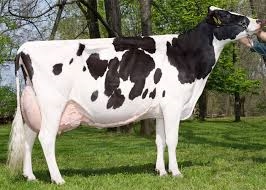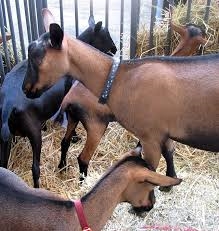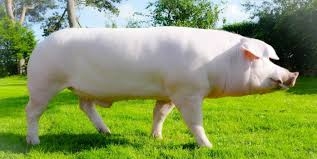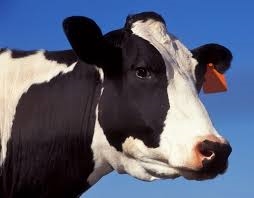Ketosis in Livestock
Ketosis, also known as Acetonemia, is a metabolic disorder commonly affecting dairy cattle, particularly in the early postpartum period. This condition arises due to a negative energy balance, where the energy demands of lactation exceed the energy intake, leading to the production of ketone bodies. This guide provides an overview of Ketosis, including affected species,…
Read more






